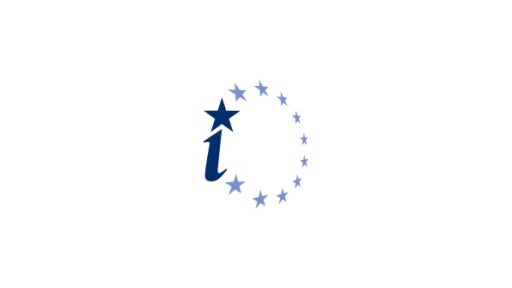EU countries reach agreement on Constitutional Treaty (VN)
On Friday, 18 June, the Member States of the EU reached agreement on the EU Constitutional Treaty. If the Treaty is ratified by all the Member States, it will replace the Union’s current treaties.
Apart from clarifying the existing treaties, the purpose of the new treaty is to help the union to operate more efficiently as a community of 25 or more Member States.
The proposed Constitutional Treaty was discussed by the Intergovernmental Conference begun in Rome in October 2003. The basis for the work of the conference was the draft treaty proposed by the European Convention on the Future of Europe. The most difficult issues turned out to be articles concerning the institutions, especially voting practices and the line-up of the Commission.
A solution on voting practices was chosen in which a qualified majority would be reached when at least 55% of the Member States representing 65% of the population of the Union were in favour of a decision. There have to be at least 15 States in favour of a decision. A qualified minority can be formed by four Member States. As far as the Commission is concerned, it was decided that until 2014, the Commission will have one member for each Member State. After this, the Commission will consist of members from two-thirds of the Member States with places on the Commission rotating on an equal basis.
During the negotiations, Finland achieved its national aims with regard to the employment pension system, the status of Åland, agricultural subsidies, sparsely populated areas in the north and trade policy.
The new treaty is made up of four parts, the first of which defines, for example, the aims, the competence and the institutions of the Union. Part II consists of the Charter of Fundamental Rights, which lists the rights of all EU citizens. Part III deals with regulations concerning the Union’s separate policy areas. This part explains the different procedures used to reach a decision in each policy area, for example. The fourth and shortest part contains general and specific provisions explaining which Member States the Treaty affects, when it comes into force and how it can be amended.
No agreement was reached within the context of the Conference of Heads of State or Government on the question of a candidate for President of the Commission.
Further information: Antti Peltomäki, State Secretary for EU Affairs, tel. +358 9 1602 2180, and Petri Helander, Councellor, tel. +358 9 1602 2190, Government Secretariat for EU Affairs
Government Information Unit Press release 200/2004


